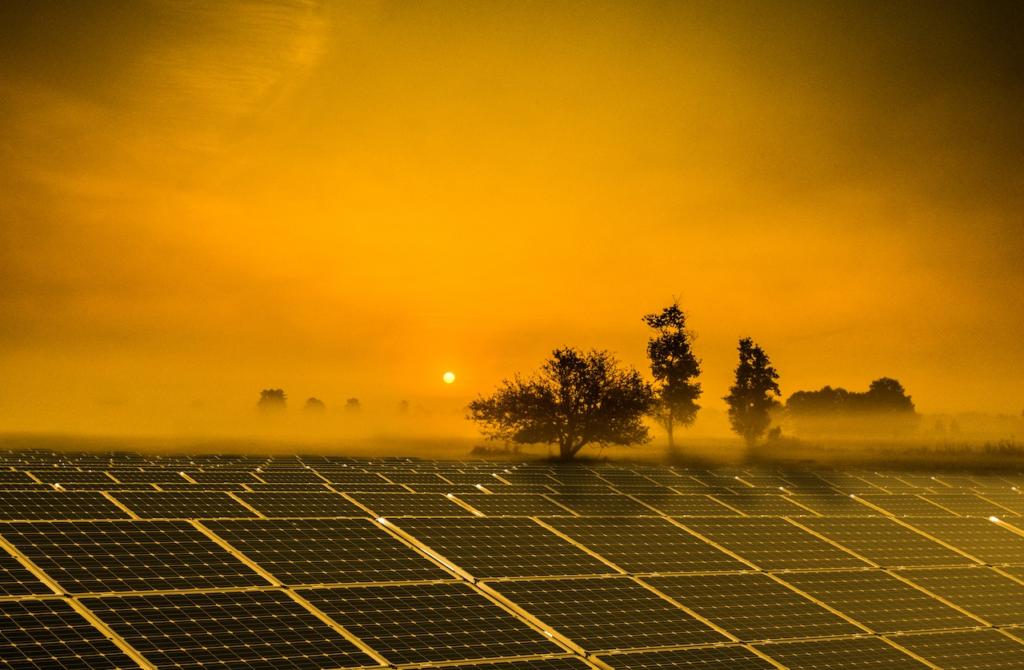
Generally, solar energy is seen as beneficial. It’s a clean and renewable energy source that plays a crucial role in reducing greenhouse gas emissions. This contributes to the world’s steadily increasing solar energy capacity, which is currently at 850.2 gigawatts.
As the world leans towards a more sustainable future, the demand for solar energy is going up. People are seriously considering or are already installing their own home solar power panels. In the US alone, there are an estimated 2.7 million residential solar power systems.
The data are clear on solar power becoming a significant part of the global energy mix. But is it all good? Despite its noble reputation, it also carries environmental impacts, just like any other energy source. Read on and find out how solar power generation may not be as green as you think it is.
Disruptive Land Use
Solar power facilities are vast and can take up anywhere from 10 to thousands of acres of land. Bhadla Solar Park in India, the world’s largest solar farm, stretches to a massive 14,000 acres.
The enormous area it takes to have a utility-scale solar installation makes it the top downside for the said initiative. Immense land areas and their existing purposes, such as wildlife habitat, vegetation, and recreation space, will be gravely disrupted. The adverse impact on land use might be more than you can bargain for with solar energy.
Toxic Manufacturing Materials and Chemicals
The manufacturing of solar technologies makes use of materials such as metals, glass, and silicon. The production of these materials requires a large number of resources, such as water and raw materials. It also involves intensive energy use, which ironically works against sustainability.
Furthermore, making photovoltaic (PV) or solar cells involves toxic chemicals. Some of these are sulfuric acid, hydrochloric acid, acetone, and hydrochloric acid. Some PV cell types also have even more hazardous elements, such as gallium arsenide and cadmium telluride. If not handled and disposed of in accordance with strict safety and regulatory policies, these can pose serious environmental and health risks.
Huge Water Consumption

This may come as a surprise, as solar panels don’t need water to generate energy or cool down. However, its manufacturing stage uses large volumes of water for cleaning, rinsing, chemical processing, removing toxins, and bringing the heat down.
With some of the world’s most successful solar farms situated in arid locations, the excess water consumption may worsen the areas’ limited water resources. The threat of chemical spills can also contaminate their groundwater, further depleting the supply. This significantly affects the water reserves of the region.
End-of-Life Disposal Issues
Solar panels have an impressive life span of 25 to 30 years. While the solar equipment doesn’t essentially “die” after that period, its function will slowly degrade over time. After decades of constant use, you will need to give them up, eventually. This is when the problem sets in: how are you going to dispose of them properly?
Currently, there’s no clear solar power recycling system. Solar units that have reached their end-of-life will most likely end up in landfills. And because solar panels are made of precious metals like silver and indium, these materials won’t be repurposed. Soon, the solar industry will face resource scarcity due to the lack of recycling programs.
Wildlife loss
Did you know that the Ivanpah Solar Plant in the Mojave Desert of California incinerates up to 6,000 birds per year? This is one extreme example of how solar farms affect the local wildlife and their habitat.
The development of immense land areas into solar facilities drives away animals that make their home in the territory. The large PV panels will cover a significant portion of rainfall. The installations can also change the temperature and moisture in the space. These will have an unintended domino effect on the ecosystem rooted in the place.
Carbon Emission in Production and Transportation
As a so-called “clean” energy source, the pride of solar power lies in its zero carbon emissions. While it is in operation, the production and transportation of solar panels and equipment behind the scenes incur a significant carbon footprint.
As solar panels are produced around the world, the constant international shipments alone already add to their carbon mileage. The process of mining its metal components like silicon and glass also produces emissions. However, compared to traditional energy generation that uses fossil fuels, solar energy’s negative impact on the environment is fairly minimal.
Landscape Modification
While this might not be as grave as the others mentioned, locals near the solar plant will most likely disagree with the switch from a spacious landscape to large rows of solar panels. Coupled with the reasons compiled above, solar farms can be an eyesore and may impact the surrounding areas’ property values.
To minimize impacts such as this, location is an important consideration when choosing a solar plant location. It’s ideal to develop such an important initiative in a space where it won’t interrupt or drive away people, wildlife, vegetation, or a good view. Some examples of these are far-flung farms, abandoned mines, and landfills.
So, is solar energy still good?
The short answer is yes. Solar energy is a promising step towards significantly reducing carbon emissions and mitigating the effects of climate change. However, it’s best to remember that it isn’t perfect, just like every other form of energy production. Despite its production and practices being deemed unsustainable, its negative impact on the environment is fairly minimal compared to traditional energy generation that uses fossil fuels.
In the near future, as the world uncovers more green-collar innovations, solar energy can hopefully move towards filling its gaps in mining resources, manufacturing, disposal, and land use. For now, it’s essential to see its positive aspect in curbing electricity bills and providing clean energy to green-conscious households and organizations. It’s also critical to continue finding ways to further reduce or eliminate the high-carbon emissions that are affecting the environment.



